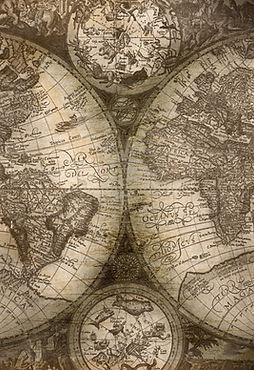
History Dances: African Dance Systems as Methodologies
Grave Revelations: Cultural and Historical Narratives From the Colored Union Benevolent Association Burial Ground
The short-form documentary, History Dances: African Dance Systems as Methodologies was created to serve as a supplement to the above monograph with a similar name (History Dances: Chronicling the History of Traditional Mandinka Dance). It provides visual support for the argument that African dance systems can be utilized as primary sources for research and writing historical narratives.
Grave Revelations: Cultural and Historical Narratives from the Colored Union Benevolent Association Burial Ground exposes viewers to the myriad instances of Africanisms in the performance of funerary rituals. The short-form documentary acts as a case study by introducing viewers to the practices of African Americans in the 19th century at an African American burial ground discovered in Washington, DC.

